While giving a recent seminar, I commented to the audience how great the breakfast was. There were many choices of food and drink available to satisfy different tastes. After making that comment I asked a simple question; “You all got to choose what you ate and what you drank this morning but which one of you got to choose the air you breathed?” Therein lies the basis of what can be a challenge for you and your business survival or an opportunity to expand. Understanding that concept can increase your revenue or cost you legal fees.
The average adult consumes a kilo or more of food a day and 2-4 liters of fluid a day. The average adult breathes approximately 16,000 - 20,000 liters of air a day. That total includes everything that the air contains; fungi, bacteria, yeasts and yes, viruses. They are present. They are viable. They can be lethal. Understanding the issue means they can also be a tremendous source of added revenue for your company.
The term “Sick Building Syndrome” was popular back in the early 80s and 90s. It’s still used today but I prefer to update that to “HVAC Syndrome©.” The sick building is a symptom. The HVAC system is the disease. Think of the building environmental system (HVAC) as Amtrak® picking up passengers in various locations and delivering them to other destinations. Think of fungi, bacteria, viruses and yeasts as those passengers.
Here is an actual real-world example from a major international hospital that could happen to you: A major hospital has a ward with 24 rooms. Four of them had water damage with resultant mold. You are called in and assess the damage, get a protocol, do some structural removal, do some drying, remediation and reconstruction. You get the hospital rooms back on line in record time. A week later you get a nasty note saying you are not getting paid because testing revealed the presence of pathogens above acceptable limits. Furthermore, you are informed that you can expect a letter from the hospital’s legal counsel due to a spike in infections. You panic. You call your hygienist and review his reports and can’t understand the problem. This is where some pre-remediation knowledge and advice could have allowed you to sleep better.
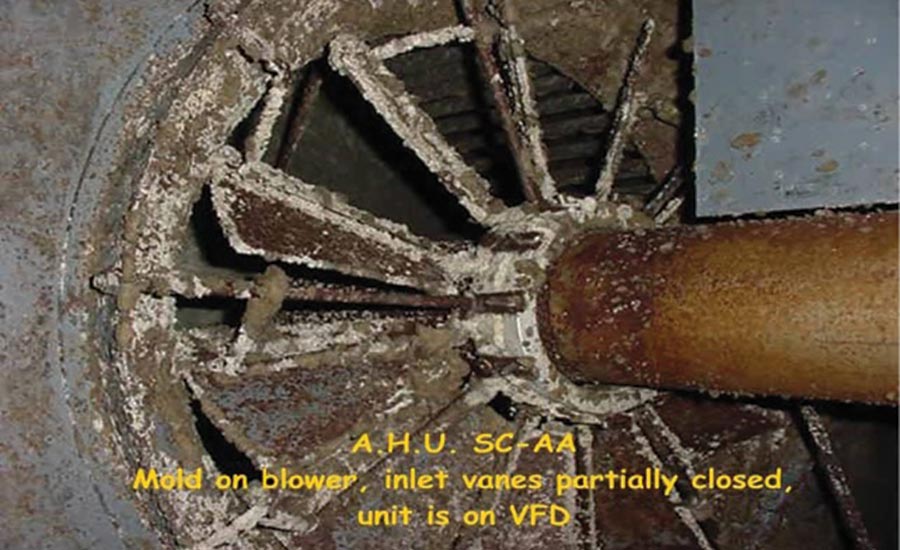
The building HVAC system performs more than the simple functions of heating or cooling. Along with fresh air makeup, it functions to dehumidify. You are sure that wasn’t an issue because the ambient indoor relative humidity hovered around 45-50%. You are right to think that. It was low and you have charts and graphs to prove it. What you really have is a partial understanding of the building as a system and not one just having an isolated contamination issue. Regardless of indoor relative humidity, the “water activity” on the face of the cooling coil is 100%. Pathogens don’t distinguish between the two states. They sense moisture and they replicate and grow.
You will typically get fungi or mold on the coil surface and active bacterial contamination in the drain pan. The combined bio-burden will travel with the airstream through the air distribution network and right back to those rooms you laboriously remediated. Active pathogen colonization will occur throughout the air distribution network. This lack of understanding will impact your business survival dilemma. Now might be time to gather your management and field team together to plan avoiding possible litigation and to educate yourself and your team on how to take advantage of the situation.
The first action item is to change your mindset from looking at a contamination issue as an isolated building problem. You need to start looking at the entire building from a systems perspective. Everything is symbiotic. Any competent contractor is already looking at all the visible signs of the problem and you already possess this skill set. Now begin to look at what you can’t see.
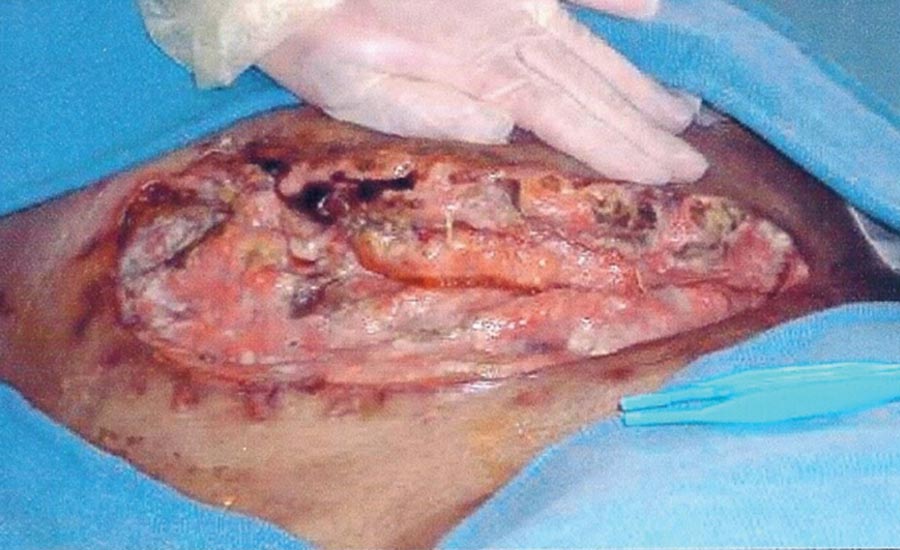
I often tell clients and seminar participants that if you’re expecting golf ball-sized pathogens floating around like flashing lights to guide you, then you are in serious trouble. You need a structured approach. We developed a methodology we call “The M3 System” It’s a simple, comprehensive approach.
Measure: The initial step in the process is an accurate and thorough bioaerosol baseline assessment of the pathogens present at the selected site.
Manage: An individualized program of methods and materials with a site-specific protocol should be structured to the particular application at hand. Follow the protocol exactly.
Monitor: A systematic schedule of re-testing should be put in place to monitor results and make changes as needed to ensure environmental sustainability.
If you are not currently doing non-destructive duct sanitization or are using a sub-contractor who does not use that method that is something you need to investigate. There is no better and safer way to sanitize the air distribution system than fogging. It can be either cold or thermal fogging. The key to the method is that you do not interrupt the surface integrity of fiberglass duct systems. Commercial, exterior wrapped sheet metal systems are different of course. Fogging works great on metal air distribution as well but with residential, fiberglass duct systems there is the potential to disrupt the integrity of the interior sealant coating.
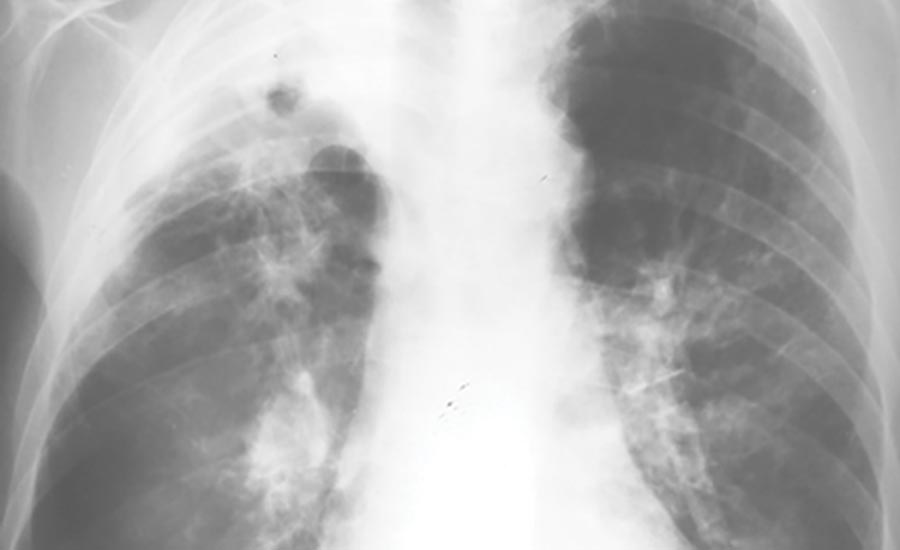
Fungi, bacteria, yeasts and viruses are microscopic but so too are fiberglass particulates broken off interior duct surfaces. They will float with the airstream and potentially become a part of those 16,000 to 20,000 liters of air a day your client is breathing. It can affect your help as well. If you breathe a sufficient number of Aspergillus spores to induce a condition of Aspergillosis you can visit your physician and get an anti-fungal prescription.
If your client breathes in a sufficient amount of fiberglass particulates the Aspergillosis would look simple compared to Mesothelioma. If that happens, your client won’t be visiting his family physician. He’ll be visiting his attorney. Protect your business and clients by being informed.
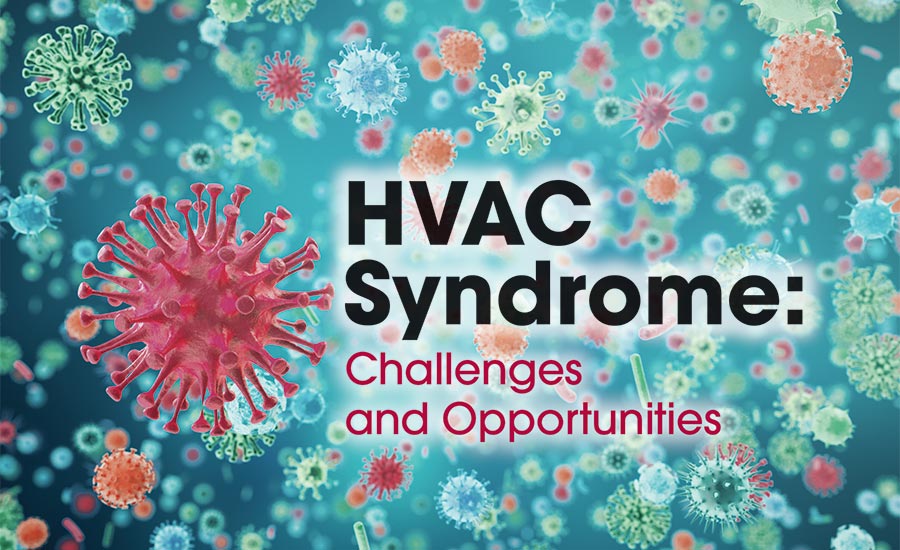
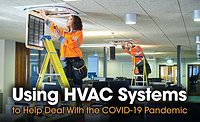
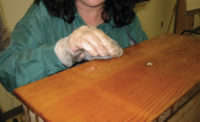
Report Abusive Comment